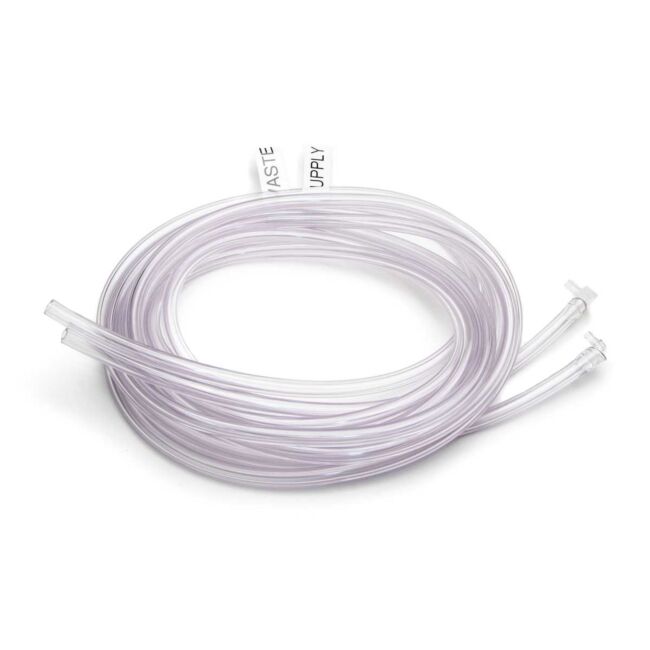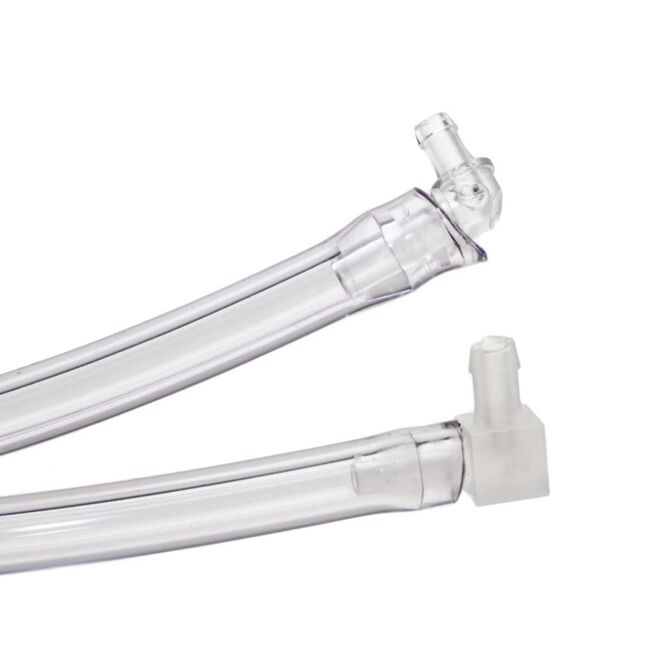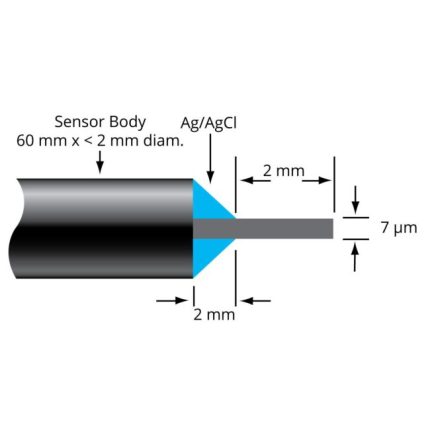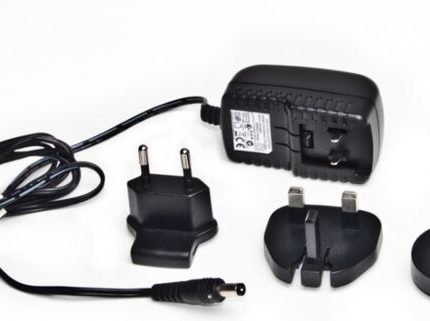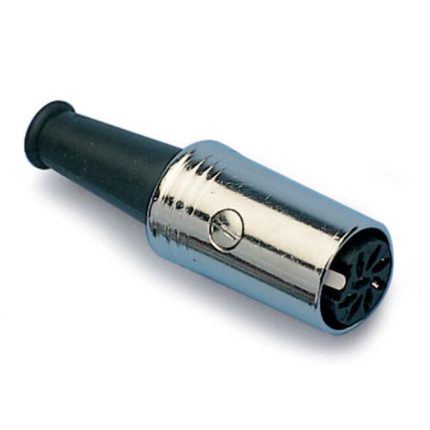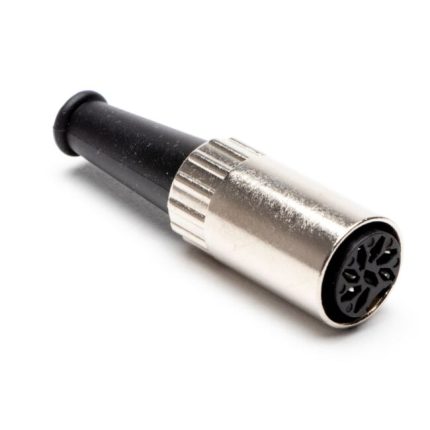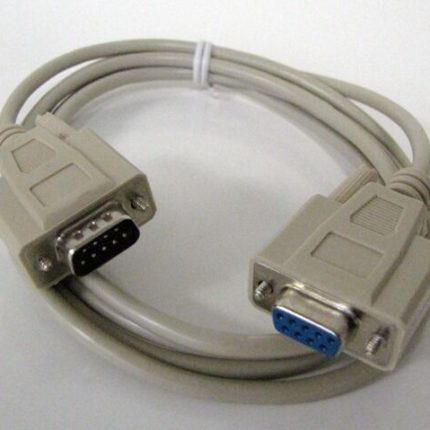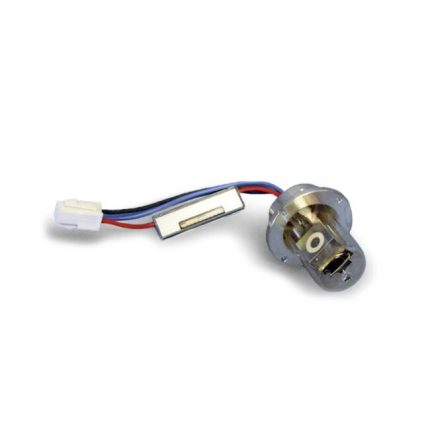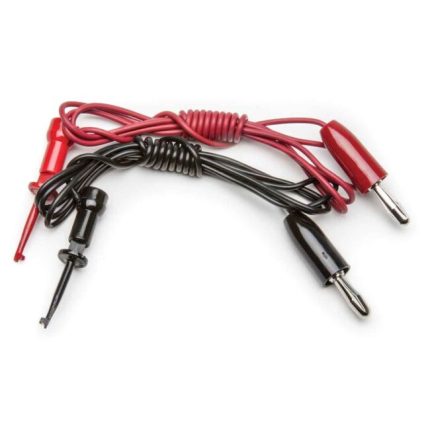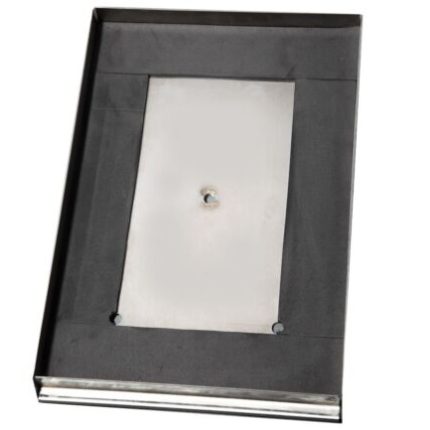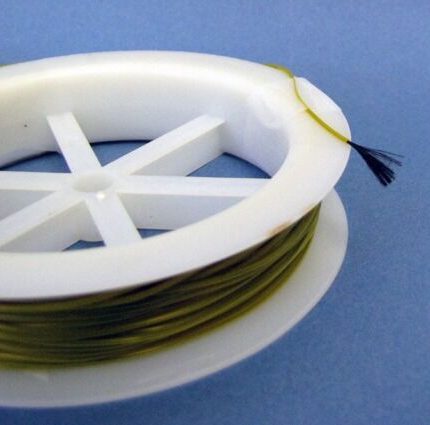Tubing for Rodent Gas Masks
These rodent gas masks fits mice and rats of all sizes, and they are versatile for a wide variety of applications. The OC gas masks allow you access to the eyes and head of the rodent while sealing the nose and mouth. The gas masks provides stability of the animal for examinations and surgery, and they can be easily incorporated in existing examination procedures. The waste-line connects to gravity or vacuum filters, and swiveling ports allow for greater flexibility in positions. The are easily adapted for stereotaxic applications.
Сatalog number:
OC-TUBING
Categories: Anesthesia Accessories, Anesthesia Systems, Instruments/Platform
Shipping & Delivery
Related products
Micro Nitric Oxide Sensors
The ISO-NOP007 has a tip diameter of just 7 microns and a length of 2mm. The response is linear over a wide dynamic concentration range of NO. The design is based on a single carbon fiber coated with WPI's NO-selective membrane. A detection limit of approximately 1 nM NO makes this electrode ideal for use in tissues and microvessels.
Connector, adapts WPI Transducers to non-WPI equipment
Euthanex Lid Gaskets
Сatalog number:
CPVC4050G

